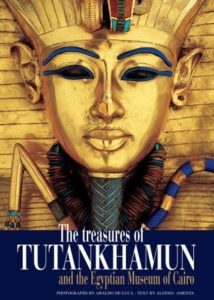The Object as Ambassador: Exhibitions in Contemporary History
a Representations special forum
with an introduction by Alice Goff:
The [essays here address] the exhibition as an instrument of German Cold War politics during the 1970s. This was a decade of transformation in both the museological and the cultural political fields. Beginning in the late 1960s, museums addressed a widely understood global crisis of relevance by rethinking the technologies of exhibiting with social engagement, popular entertainment, and commercial success in mind. In 1972 the Basic Treaty, and three years later the Helsinki Accords, established cultural exchange as an explicit priority of détente both between East and West Germany and on an international scale. In an environment of heightened attention to the power of the museum in contemporary life, the international traveling exhibition became a newly valuable opportunity through which state and nonstate actors could stage foreign political priorities, establish economic relationships, demonstrate diplomatic goodwill, and communicate ideological commitments to broad publics. The core premise of these exhibitions’ cultural diplomatic missions was that the objects within them would serve as ambassadors, embodiments of political identities, on one hand, and bridges across these entrenchments, on the other. In this way, the museum exerted itself as an institutional broker of foreign relations through, but ultimately beyond, its particular cultural purview. Continue reading …


